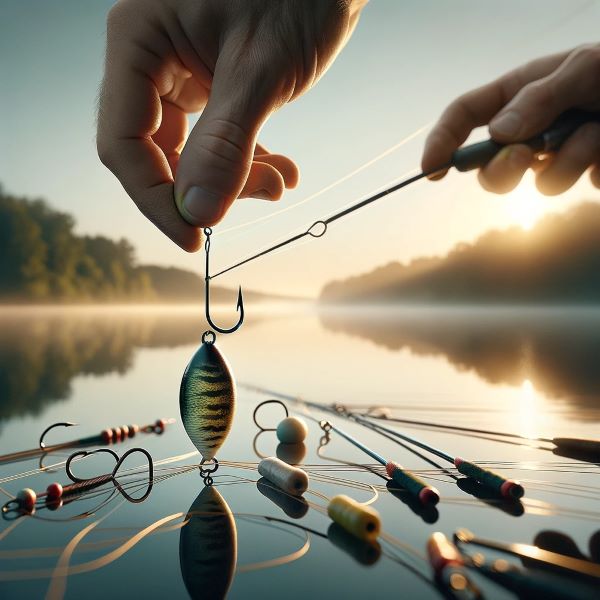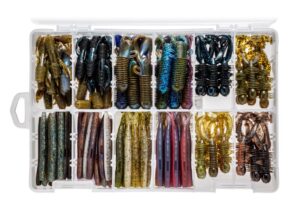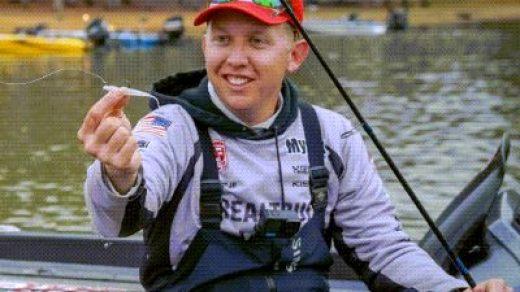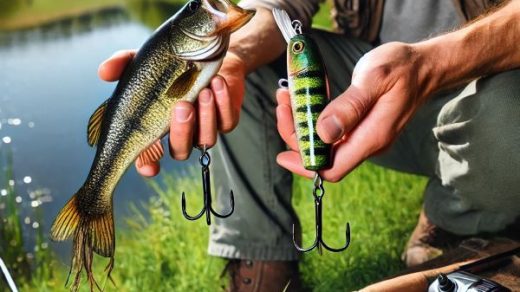
Fishing enthusiasts and weekend anglers alike, gather around! If you’re looking to up your bass-catching game, mastering the Texas Rig is akin to finding a treasure map where “X” marks the spot of abundant bass.
Texas rig fishing is hands down the most versatile, consistent way to catch bass! We break down some essential aspects to help anglers of all levels understand the rig’s versatility, including selecting the right weights, hooks, and baits for different conditions.
This guide dives deep into the art of Texas Rig fishing, offering you insider tips and tricks that promise to elevate your fishing experiences from good to legendary.
Mastering the Texas Rig for Bass Fishing Success
The Texas Rig, a cornerstone in the bass angler’s arsenal, is revered for its simplicity and effectiveness. The secret sauce? Its versatility. Whether you’re navigating the thickest of covers or the murkiest of waters, this rig shines.
Starting with the basics, selecting the right gear is paramount. A bullet weight, a quality hook, and your trusty Senko are your best friends here. The color selection of your bait plays a massive role too—think of it as matching your outfit to the occasion, where the water clarity dictates your choice.
- Texas Rig: Perfect for avoiding snags in heavy cover, this setup involves threading a bullet weight onto the line before tying on a hook. The bait is then rigged “weedless” by embedding the hook point slightly into the bait.
To set up a Texas Rig, start by sliding a bullet weight onto your fishing line, pointy end facing towards the rod, to help the rig navigate through the cover. Next, tie a hook to the line using your preferred knot. Thread your bait onto the hook, piercing it at the head, and push it up the hook shank.
Then, re-insert the hook point into the body of the bait to make it weedless, ensuring the bait is straight for a natural presentation. This setup is effective for fishing in areas with heavy cover.
Advanced Techniques and Tips for the Texas Rig







